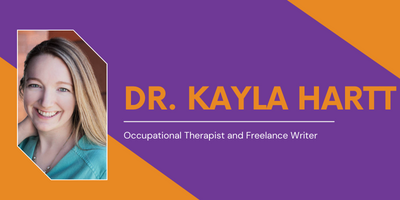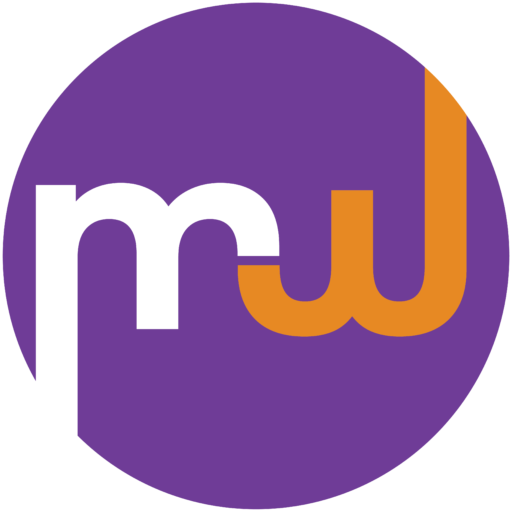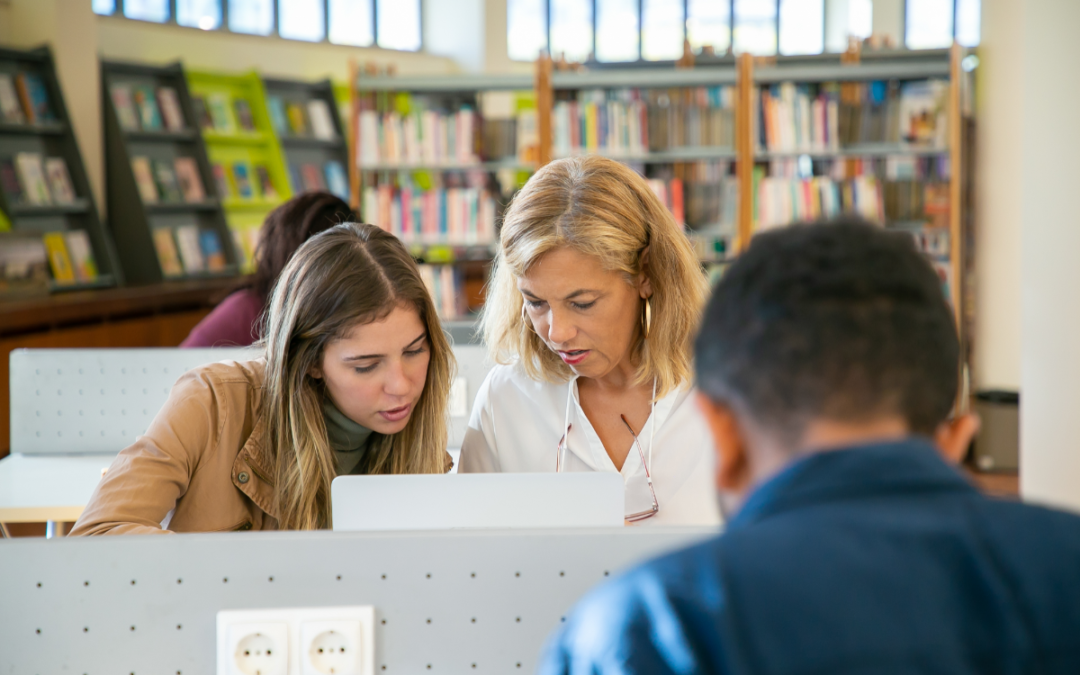The Importance of team collaboration
As education professionals, we know that it takes a team to help our students meet their potential. We have the unique opportunity to uplift each other as education professionals, each with our specialized knowledge and experiences. An essential practice that creates these connections is collaboration. Successful team collaboration occurs when members of a learning community come together as equals to support students in their learning environment. Studies show that interdisciplinary team collaboration leads to better student outcomes. The evidence is so strong that the Individuals with Disabilities Education Act (IDEA) even mandates collaboration as a means of improving student achievement.
Reported and perceived challenges to successful team collaboration include lack of time, administrative support, and resulting carryover. Teamwork is typically most robust at the start and end of the school year but fades during the regular school year. How can we overcome these barriers to consistently help our students succeed throughout the year?
Schedule regular meeting times
We’ve all been there. You run into the educator or specialist you intended to connect with at lunch or in the hallway. A rapid exchange of ideas occurs. However, this hasty discussion does not qualify as team collaboration. Evidence shows that a spontaneous meeting is not helpful to improving student outcomes. Scheduling periodic verbal meetings are more effective. A formal meeting time for regular team collaboration throughout the school year allows participants to prepare, bring their concerns and ideas, establish preparatory tasks, and prioritize needs for the plan.
Share your role
While you are an expert in your area, some team members may not be familiar with your area of expertise. Roles may also vary by position, school, or district. Share the specifics of what your role, knowledge, and specialties include. As an occupational therapist (OT) who travels to many different schools, some educators are familiar with the fine motor side of OT, and others are familiar with sensory processing interventions. Occupational therapists do both and a lot more! Bring other members up to speed on your role so you can help facilitate successful team collaboration.
Minimize jargon
Different specialties use terminology that is specific to their field. Using jargon from your area of expertise can isolate your peers and impede upon successful team collaboration. Not only does the message become muddled, but technical language also creates an uneven dynamic. Use everyday language and define anything technical. To keep yourself in check, ask team members if they have any questions when you discuss complex topics. Be sure to leave plenty of time for colleagues or parents to form and ask questions before moving on.

Don’t forget to use communication skills
Effective communication skills can get left behind during an emotional individualized education plan (IEP) meeting or while discussing a student’s elevating behaviors. Interactions as simple as active listening, summarizing reports to check for understanding, and asking thoughtful questions can make team members feel respected and ensure that everyone is on the same page. Get to know professionals you collaborate with frequently on a personal level. When you mutually share something about your life, you build rapport in the advancement of successful team collaboration which will be helpful for collective problem-solving.
Problem solve in the classroom
A 2007 study by Cordingly et al. found that embedded therapy services benefited students, teachers, and therapists. Therapists understand the fast-paced and dynamic of day-to-day classroom life. They provide strategies that are low maintenance and reasonable to fit into the busy context of a classroom and also practical for team collaboration purposes. Teachers had the opportunity to observe therapeutic interventions for carryover during the regular school day and student outcomes improved.
interdisciplinary team collaboration
Create goals that the whole team can get behind and support. An objective about a student producing a specific speech sound is necessary. However, a goal that involves the student using learned speech sounds to be understood by a peer is more meaningful to the student and the team. Overall improved intervention success is reported when goals are interdisciplinary and linked to academics.
Think outside the box
Citing time, effort, and practicality as challenges for in-person collaboration, a group of pre-service special and general education teachers used an online platform to create an asynchronous computer-mediated discussion (Jeffs & Bannister, 2006). The study reported that dialogues and plans evolved naturally and were more in-depth. Participants noted that the use of the platform renewed their commitment to inclusionary strategies and practices and underlined the importance of partnership.
Take Action
Not only does successful team collaboration result in better outcomes for students, but professionals report increased satisfaction in their roles. Below are four ideas to make room for more collaboration:
- Meet with administrators to advocate for built-in collaboration time.
- Share examples of positive student outcomes that have resulted from the collaboration.
- When administrators onboard new staff, set the tone for collaboration as an expectation.
- Consider the cost benefits for your district. Collaboration is overall a cost-effective approach that can reduce needs for services and out-of-district placements.
MindWorks Collaborative would love to invite you to learn more about crafting culturally aligned special education programs. Join future conversations on this topic by signing up for our community of justice-driven special educators here and sign up to get alerts for our next roundtable.
References
Barnes, K. J., & Turner, K. D. (2017). Team collaborative practices between teachers and occupational therapists. American Journal of Occupational Therapy, 55, pp. 83-89.
Cordingley P. (2015). The contribution of research to teachers’ professional learning and development. Oxford Review of Education, 41(2), pp. 234-252.
Cordingly, P., Bell, M., Isham, C., Evans, D., & Firth, A. (2007). What do specialists do in CPD programmes for which there is evidence of positive outcomes for pupils and teachers? Technical report. In Research Evidence in Education Library. London: EPPI-Centre, Social Science Research Unit, Institute of Education, University of London.
Barnes, K. J., & Turner, K. D. (2017). Team collaborative practices between teachers and occupational therapists. American Journal of Occupational Therapy, 55, pp 83-89.
Hart Barnett, J. E., & O’Shaughnessy, K. (2015) Enhancing collaboration between occupational therapists and early childhood educators working with children on the autism spectrum. Early Childhood Education Journal, 43, pp. 467-472
Jeffs, T., & Bannister, S. (2006). Enhancing collaboration and skill acquisition through the use of technology. Journal of Technology and Teacher Education 14(2), pp. 407-433.
Suc, L., Bukovec, B., & Karpljuk, D. (2017). The role of inter-professional collaboration in developing inclusive education: Experiences of teachers and occupational therapists in Slovenia. International Journal of Inclusive Education 21(9), pp. 938-955.



Recent Comments